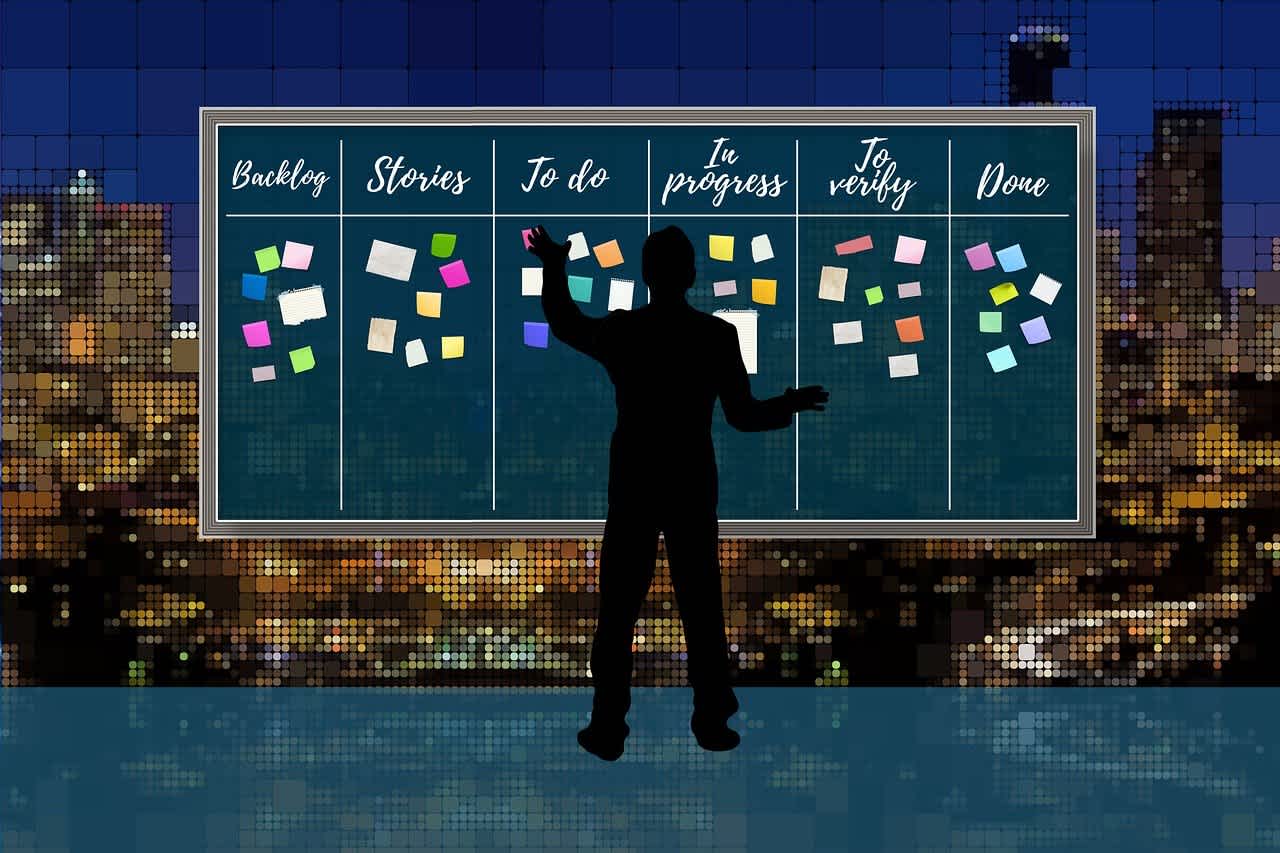Transform Your Team's Estimation Process with Planning Poker
ByJulian Gette
Workast publisher

Workast publisher
In today's fast-paced development environment, accurate project estimation remains one of the most challenging aspects of team management. Planning poker, also known as Scrum poker, has emerged as an innovative solution that combines collaborative decision-making with gamification to produce more accurate estimates. While there are many planning poker free tools available, understanding how to use this technique effectively is crucial for maximizing team productivity.
Planning poker revolutionizes the traditional estimation process by eliminating common pitfalls such as groupthink and anchoring bias. Instead of relying on conventional methods where senior team members might inadvertently influence others' opinions, planning poker ensures every team member can make a Smart Guess independently before group discussion begins.
The process involves using a special deck of cards with numbers that follow the Fibonacci sequence (0, 1, 2, 3, 5, 8, 13, 21, etc.). These numbers represent story points or effort estimates. The non-linear sequence helps teams make more meaningful distinctions between different levels of effort, allowing for more nuanced discussions about task complexity.
The effectiveness of planning poker stems from several key psychological principles:
Wisdom of Crowds: Aggregating multiple independent estimates often leads to more accurate predictions than individual expert opinions
Equal Voice: Junior team members feel empowered to share their Smart Guess when everyone reveals estimates simultaneously
Focused Discussion: Differing estimates drive meaningful conversations about task requirements and complexity
The implementation process requires careful consideration of various elements to ensure success. First, teams should select appropriate planning poker free tools that match their needs. Whether using physical cards or digital platforms, the key is to maintain the integrity of the estimation process while making it accessible to all team members.
Essential components for implementation include:
A dedicated facilitator (typically the Scrum Master)
Clear presentation of user stories or tasks
Established ground rules for discussion
Consistent recording of estimates
Regular review and adjustment of the process
The initial setup of a planning poker session requires thoughtful preparation. The Product Owner should have well-defined user stories ready for estimation. Team members need to understand both the estimation process and the basic requirements of each item being estimated. The facilitator should establish clear timeboxes for discussion and ensure all necessary materials are available.
Managing complex estimation scenarios requires advanced techniques that build upon the basic framework. Teams should develop strategies for handling disagreements and maintaining productive discussions. When estimates vary significantly, the focus should be on understanding different perspectives rather than forcing consensus.
For distributed teams, effective use of planning poker-free tools becomes crucial. Consider these aspects:
Choose platforms with real-time collaboration features
Establish clear communication protocols
Use video conferencing to maintain team engagement
Document discussions and decisions thoroughly
Schedule sessions considering different time zones
The key to maximizing productivity lies in the continuous improvement of the estimation process. Teams should regularly analyze their estimation accuracy and adjust their approach accordingly. This includes reviewing past estimates against actual completion times and discussing patterns that emerge.
Success in planning poker can be evaluated through various metrics:
Estimation accuracy over time
Sprint completion rates
Team velocity stability
Meeting efficiency
Team satisfaction levels
Teams often face several challenges when implementing planning poker:
Understanding Scale: Teams may initially struggle with the Fibonacci sequence. Regular calibration sessions help establish a shared understanding of what different point values represent.
Time Management: Sessions can become lengthy without proper facilitation. Setting strict timelines for discussion and using time-boxing techniques helps maintain efficiency.
Remote Collaboration: Distributed teams may face communication challenges. Using reliable planning poker free tools and establishing clear protocols helps overcome these obstacles.
Long-term success with planning poker requires adherence to proven best practices:
Communication Guidelines:
Encourage open dialogue
Respect all perspectives
Focus on constructive feedback
Maintain professional discourse
Document key decisions
Process Refinement: The estimation process should evolve based on team feedback and performance metrics. Regular retrospectives help identify areas for improvement and celebrate successes.
The evolution of planning poker continues with emerging technologies and methodologies. Integration with artificial intelligence and machine learning may provide additional insights into estimation patterns. Advanced analytics tools could help teams better understand their estimation accuracy and identify areas for improvement.
Teams should stay informed about new developments in:
Digital collaboration tools
Analytics capabilities
Integration options
Mobile Accessibility
Automation features
Planning poker represents a significant advancement in project estimation techniques. By combining the power of collective wisdom with structured discussion, teams can achieve more accurate estimates while building stronger relationships. Whether using planning poker-free tools or premium solutions, the key to success lies in the consistent application and continuous improvement.
Remember that the goal isn't perfect estimation but rather creating a framework for better understanding, communication, and team alignment. Through regular practice and adaptation, your team will develop their own rhythm and style with planning poker, leading to more accurate estimates and increased productivity. Making a Smart Guess becomes more natural over time, and the investment in learning and implementing this technique pays dividends in improved project outcomes and team satisfaction.
What is planning poker and how does it work?
Planning poker is an agile estimation technique where team members use numbered cards to make independent estimates for project tasks simultaneously, preventing bias and encouraging discussion for more accurate estimations.
Is planning poker free to implement?
Yes, planning poker can be implemented for free using digital tools or simple numbered cards. Many online platforms offer free versions with basic features suitable for most teams.
How long should a planning poker session last?
A typical planning poker session should last 30-60 minutes, with 2-5 minutes spent on each item. Complex items requiring longer discussion should be broken down or discussed separately.
What makes a Smart Guess in planning poker?
A Smart Guess combines technical knowledge, past experience, and consideration of potential risks. It should be independent and based on a personal understanding of the task requirements.
Can planning poker be used in remote teams?
Yes, planning poker works well for remote teams using digital tools that provide virtual cards, real-time voting, and video conferencing capabilities for team discussions.
How accurate are planning poker estimates?
When properly implemented, planning poker typically produces more accurate estimates than traditional methods, with studies showing improved accuracy rates of 20-30% over traditional estimation techniques. CopyRetryClaude can make mistakes. Please double-check the responses.
